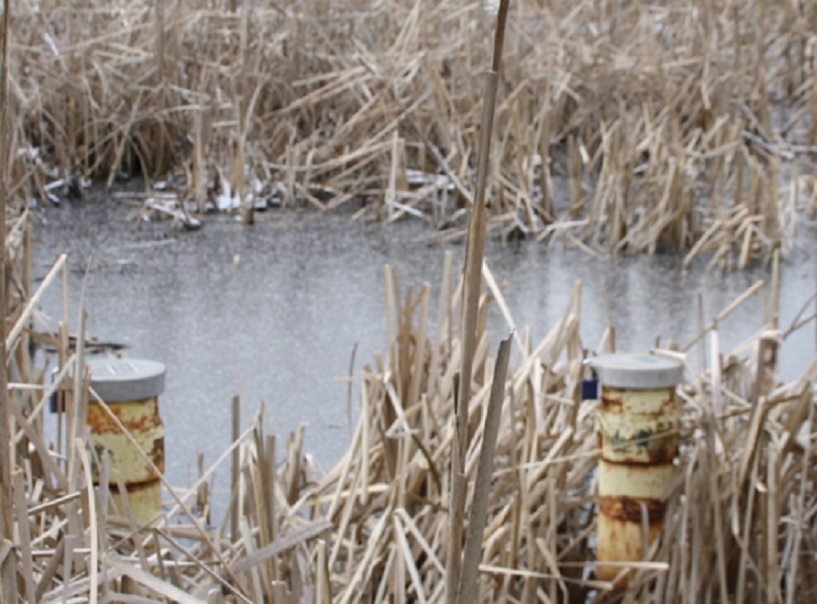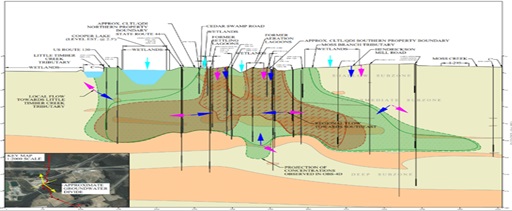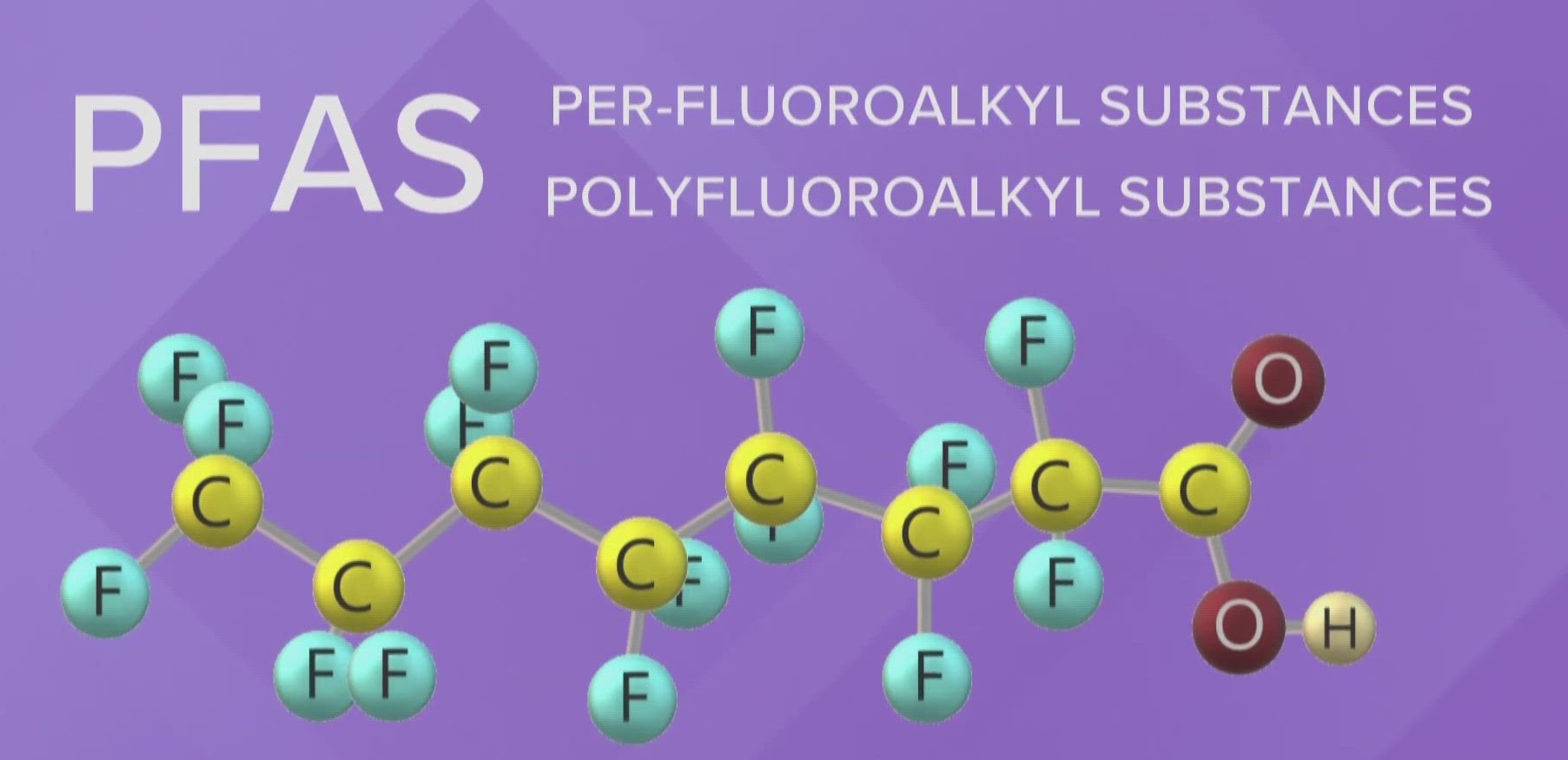Project: PFAS Investigation, Superfund Site, NJ
Download our PFAS Investigation project here: PFAS Delineation Multiple Water Bearing Zones
Objectives:
- Design and implement a sampling strategy to comply with NJDEP data request
- Generate representative data that met data quality objectives
Services: Workplan development; Groundwater sampling; Treatment system effluent sampling; Data interpretation
Applied Science/Technologies: BSTI PFAS Sampling Best Practices—Standard Operating Procedures; Low-flow groundwater sample collection; BSTI NJ Certified Laboratory for Analyze Now parameters
Brownfield Science & Technology, Inc. (BSTI) is helping an existing client comply with a New Jersey Department of Environmental Protection (NJDEP) request to contribute to a state-wide effort assessing PFAS impacts to drinking water supplies.
The project site has multiple operable units (OUs), one of which involves an operating groundwater remediation system to capture and treat multiple volatile and semi-volatile organic compounds across multiple water bearing zones. The remediation plan for this OU was approved and implemented many years ago, and therefore did not contemplate PFAS as possible contaminants of concern.
BSTI generated a workplan to address the sample collection protocols and data quality objectives in accordance with NJDEP technical regulations. Our existing knowledge of the aquifer characteristics and the fate and transport of the known compounds of concern at the site were used to develop a targeted sampling strategy that provided representative and meaningful data from strategically located monitoring wells across three distinct water bearing zones.
Initial sampling of groundwater for PFAS analysis involved several shallow, intermediate, and deep wells which were primarily located in, or adjacent to, known source areas at the Site. Based on the analytical results from these source areas, additional sampling was conducted from existing monitoring wells along the periphery of the site.
BSTI compiled the data from the study and developed a three-dimensional view of PFAS distribution across the study area.







